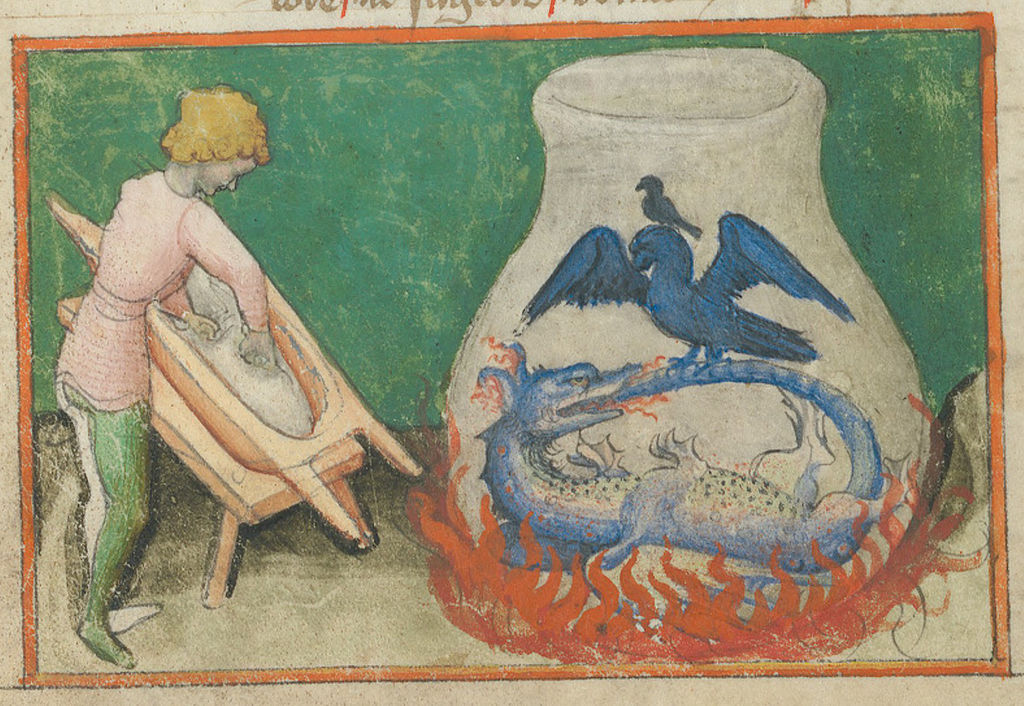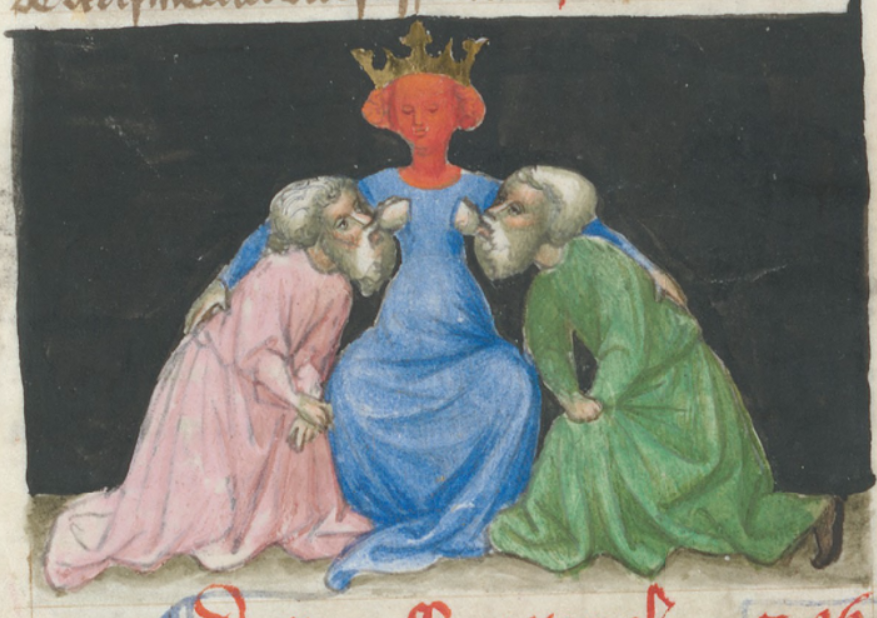Ancient Psychedelia: Alien Gods & Mushroom Goddesses
Online Book - Chapter 20, Page 395
Back to Online Book Mainpage / Next Page (Chapter 20, Page 396)
| "... none of those people who are famous for their wisdom could explain a word of what the philosophers said. In their books they only continue using the same terms that we find in the sages ... What is necessary, if I am a sage to whom secrets have been revealed, and if I have learned the symbolic meanings, is that I explain the mysteries of the sages." - Muhammed ibn Umail al-Tamimi (900-960 AD) Chapter 20: A Sorcerer Full of Secrets Hebrew Kabbalah Kabbalistic (Cabalism) alchemy was an important religious movement that occurred within Judaism and has some relation to the topic of channeling, spiritism and mediumship. The name Kabbalah literally means “Reception.” The texts of some of the Egyptian and Hebrew prophets may have been channeled for all we know. It was a common practice at the time as well as other various forms of divination. (1) In most mystic-religious symbolism there is an order to creation and the universe which was most thoroughly described in writing during the Gnostic period. Ideas which grew up in Hebrew Kabbalism had their foundation in Gnosticism, and we can see this with the concept of the tetrad. According to the Tetragrammaton, Yahweh (YHWH) represents the four elements of Wisdom (Chokma), Understanding (Binah), Beauty (Tif‘eret) and Kingship (Malchut). Each of these are then associated with the family unit. (2) Senior Zadith (Ibn Umayl) was a 10th century Muslim alchemist who was thought to have been born in Spain, and spent time in Africa and Egypt. Quoting from wiki: “He saw himself as following his “predecessors among the sages of Islam” in rejecting alchemists who take their subject literally.” In the Pure Pearl, he was quoted as saying: “Eggs are only used as an analogy... the philosophers … wrote many books on such things as eggs, hair, the biles, milk, semen, claws, salt, sulphur, iron, copper, silver, mercury, gold and all the various animals and plants … But then people would copy and circulate these books according to the apparent meaning of these things, and waste their possessions and ruin their souls.” (3) Senior Zadith also wrote A Book of the Explanation of the Symbols, there emphasizing that the sages spoke “a language in symbols” and that they “would not reveal it [the secret of the stone] except with symbols.” (4) Aurora Consurgens, c. 1400-1500 AD, is an alchemical manuscript, the name of which translates to the Rising Dawn. It is a commentary on the Latin translation of Silvery Waters by Senior Zadith (Ibn Umayl). Two exceptional images from the Aurora manuscript include one which features a bird on top of a serpent, being purified inside a glass beaker. The serpent is biting its own tail (74h top). Here we see the bird above the serpent, once again, symbolizing the cap over the stem of the mushroom. The mushroom having gone through the vessel (the body), becomes purified and is perfected in the urine. The other important image depicts a woman feeding two men milk from her breasts, and her head is the shape of a mushroom and colored red, while her body is blue, representing both amanita and psilocybin (74h bottom). |
  (74h) Aurora Consurgens c. 1400-1500 AD Probably the most famous medieval Jewish scholar and philosopher was Moses ben Maimon, also known as Maimonides. Moses was born in Cordoba Spain in 1135 or 1138 and died in Egypt in 1204. His 14 volume Mishne Torah is a highly acclaimed codification of Talmudic law. His teachings are not only influential in Jewish circles but in the Islamic world as well, Moshe holds considerable weight in expertise. At a young age, Moshe became interested in science and philosophy, reading all the Greek philosophers who had been translated into Arabic and he was deeply interested in the study of Islamic culture. (5) A Berber dynasty, the Almohads, conquered Córdoba in 1148, and ended the protection of non-Muslims through a protection tax. Moshe’s family went into exile. For the next ten years, Maimonides traveled around southern Spain, eventually settling in Fez in Morocco. (6) (1) Cf. G. Scholem, Major Trends in Jewish Mysticism, New York, 1961, p. 20ff (2) Hebrew Goddess, p. 116 (3) The Pure Pearl chap. 1) (Starr, Peter: Towards a Context for Ibn Umayl, Known to Chaucer as the Alchemist Senior; https://en.wikipedia.org/wiki/Muhammed_ibn_Umail_al-Tamimi (4) Mohammed ibn Umail: Book of the Explanation of the Symbols - Kitab Hall ar-Rumuz, edited by Th. Abt and W. Madelung, Corpus Alchemicum Arabicum (CALA) 1, Zurich 2003, p. 3.8; see also: p. 5.20 (“symbols of sages”), p. 145.2 (“reveal it except with symbols”), p. 151.3 (“dog as symbol”) (5) Stroumsa, Maimonides in His World: Portrait of a Mediterranean Thinker, Princeton University Press, 2009, p.65 (6) https://en.wikipedia.org/wiki/Maimonides |
Go Back to Page 393